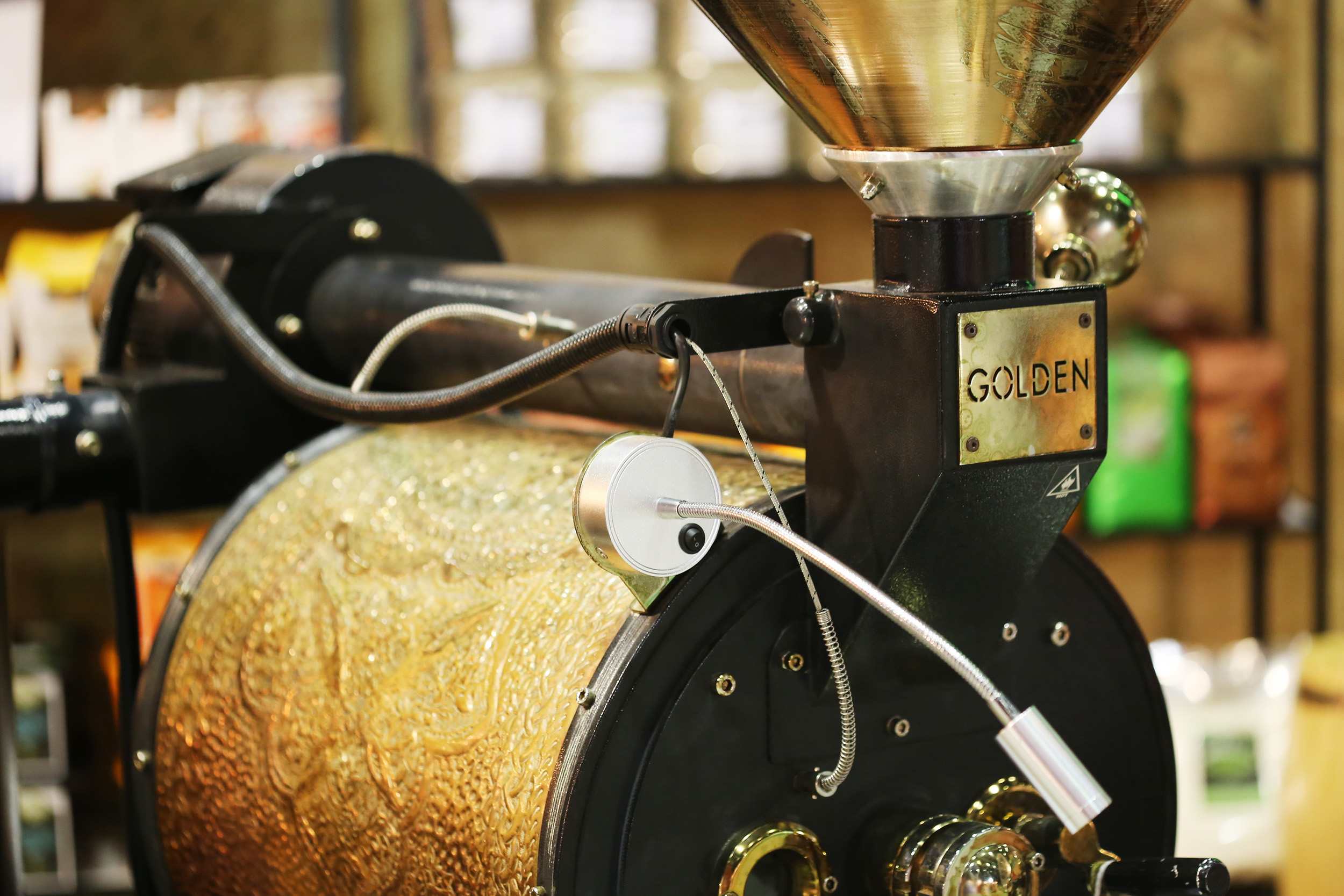The most important task of a roaster is to ensure that each batch turns out exactly the same as the one that came before it. Any time spent tweaking your roast profiles to perfect the flavour of your coffee is time wasted if you can’t replicate that profile exactly.
The first step in mastering consistent roasting is to correctly warm up your machine before roasting the first batch. The goal of an effective warm-up procedure is to ensure that the first batch of the day is identical to the last.
All roasting machines need a warm-up procedure of at least half an hour, and larger machines take longer. A very large machine — with a capacity of 60 kilograms or above — may need as much as 90 minutes of warm-up to achieve consistent results. An effective warm-up procedure is essential for all types of roasters. Air roasters and fluid-bed roasters are no exception, although they may warm up more quickly than directly drum roasters.
 Even the smallest coffee roaster needs a thorough warm-up procedure before roasting in order to give consistent results
Even the smallest coffee roaster needs a thorough warm-up procedure before roasting in order to give consistent results
It’s common in many roasteries for the first batch of the day to be a little sluggish and for subsequent roasts to be faster as the machine heats up over the course of a roasting day. Many roasters therefore choose to roast decaf or some other low-priority coffee first. This might be a sensible decision, but there’s no reason not to make that first batch as good as possible — and getting the first batch right makes it easier to be consistent with each one that follows.
The body of any roaster is a large chunk of metal: commercial machines can weigh a tonne or more. The roaster therefore stores a huge amount of heat, which can contribute to the heat transfer to the beans. If you begin the first roast when the drum reaches charge temperature but don’t fully warm up the rest of the machine, then the body of the roaster will act as a heat sink,